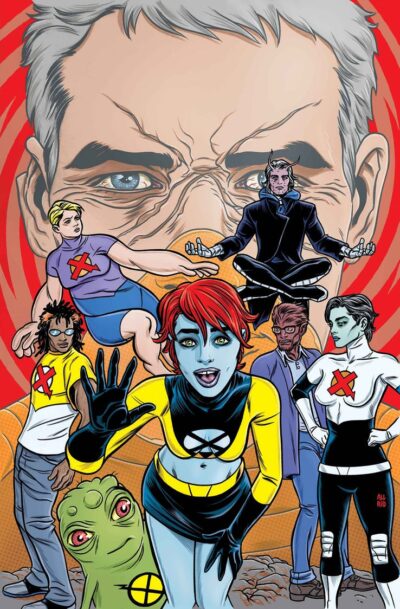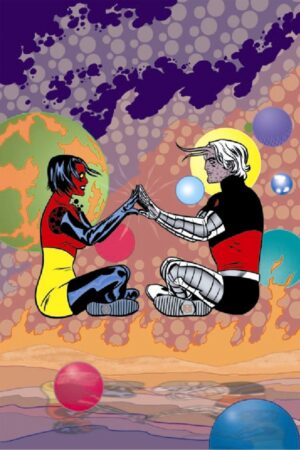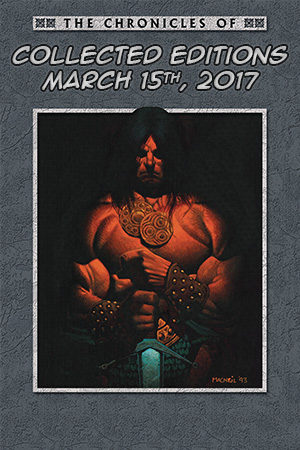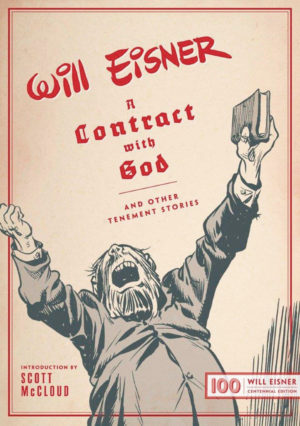X-Statix and X-Cellent comic books in a definitive issue-by-issue collecting guide and trade reading order for omnibus, hardcover, and trade paperback collections. Find every issue and appearance! Part of Crushing Krisis’s Crushing Comics. Last updated December 2024 with titles scheduled for release through February 2025.
![]()
Grant Morrison isn’t the only author who revolutionized X-Men comic books in 2001.
Like Watchmen, X-Statix is a comic dissecting the convention of superheroes. Except, instead of a dystopian 1984 we get a celebrity-as-reality obsessed modern day with absolutely no overarching plot. About the same amount of sex, though.

Fans revere Morrison’s New X-Men run for good reason. They completely changed the dynamics of mutant society and forever altered the X-Men by splintering Scott and Jean and bringing Emma from the sidelines of the line to the center.
However, New X-Men wasn’t the only ground-breaking run of X-Men comics that kicked off in 2001. The other had an unlikely birth in the pages of X-Force before graduating to its own title: X-Statix.
X-Statix had a humble beginning. It came on the heels of a Warren Ellis-led “Counter X” initiative across the three more-youthful titles of X-Force, Generation X, and X-Man. X-Man was cancelled outright, with its star shuffled into obscurity. Generation X saw its cast spread across several titles (including Emma and later Monet in Morrison’s run).
X-Force took a different approach, bringing in an unlikely indie stars Peter Milligan (2000AD, Shade The Changing Man) and Mike & Laura Allred (Madman) to reboot the title. (Milligan had been writing for Marvel on and off for half a decade by this point, but not to much acclaim.)
True to their indie and often counter-culture comics roots, Milligan and the Allreds completely altered X-Force in the span of a single issue – #116. They changed it from the proactive squad of Xavier’s dropouts to a group of disaffected mutant reality TV stars going on dangerous missions – with the draw of their show being that any of them could die at any moment.
While this sounds like a well-worn concept at this point, Survivor and Big Brother debuted in America less than a year prior to X-Force #116 (and it was another year until American Idol). The idea of a reality-TV ride-along was more rooted in shows like COPS and Real World that came before the early-00s explosion of reality shows.
It wasn’t only the (sometimes brutal) framing concept that make Milligan & The Allred’s run on X-Statix such a revolution. While their mutant cast came with all of the angst you’d expect, it was hardly ever tied into the wider mutant universe apart from Morrison’s concept of there being millions of mutants in the world. Brief appearances by Xavier and Logan were played largely as gags.
The book also broke ground in bringing sexuality and gender identity to the fore for its cast, as well as tackling substance abuse, body image, PTSD, self-harm, and mental health – and, Marvel’s long-established themes of racism and race relations. Each one is framed in terms of what it would mean to be a superhero struggling with that incredibly common human condition. Despite the wry, ironic humor of the series (and its iconic camera-thing, Doop), it could turn on a dime to serious personal topics and outright tragedy. The pop art style of the Allreds made the occasional weight of the subject matter even more surreal.
X-Statix is really weird. Do not think of it as an X-Men comic, or even a Marvel superhero comic. There are no “villains” to speak of, though the team certainly faces ongoing challenges. It is an indie comic about relationships that happens to use the concept of mutants as its framework. It has close to zero connection to X-Men continuity. Think of it like Reality Bites or Chasing Amy – or even Hunger Games – something that is incredibly self-aware and constantly comments on the real world culture surrounding the fiction.
Some of this material reads differently over two decades later. Today, comics in general and X-Men in specific are much more queer and more apt to discuss the trauma inherent in super-heroic life. However, for a Marvel mutant book in the year 2001, there was nothing anywhere close to X-Statix.
After its cancellation in 2004 it seemed that the last gasp of X-Statix would be its Dead Girl limited series in 2006. Jason Aaron later adopted Doop as a mascot in his Wolverine and The X-Men run in 2011, which introduced him to a new generation of fans and yielded an unlikely Doop mini-series in 2014!
Then, seemingly out of nowhere, Marvel announced a Giant-Size X-Statix issue alongside Jonathan Hickman’s launch of the Krakoan Age in 2019 … which made an amount of sense, since his status quo meant any mutant could return to the title. After over two years of constant teases by Marvel, Milligan, and the Allreds, their sequel The X-Cellent debuted in February 2022.
[Read more…] about X-Statix & The X-Cellent – Definitive Reading Order & Collecting Guide

